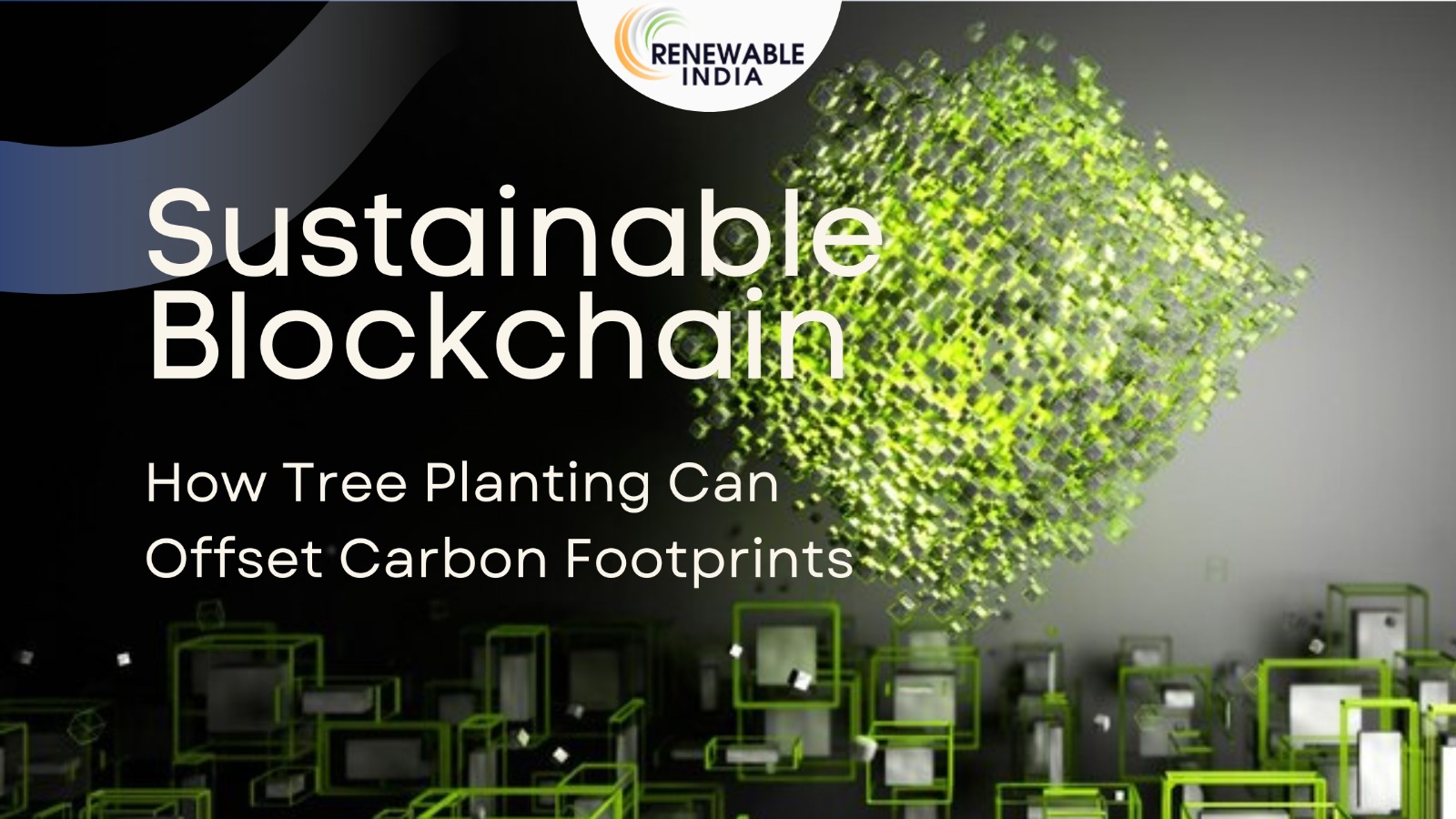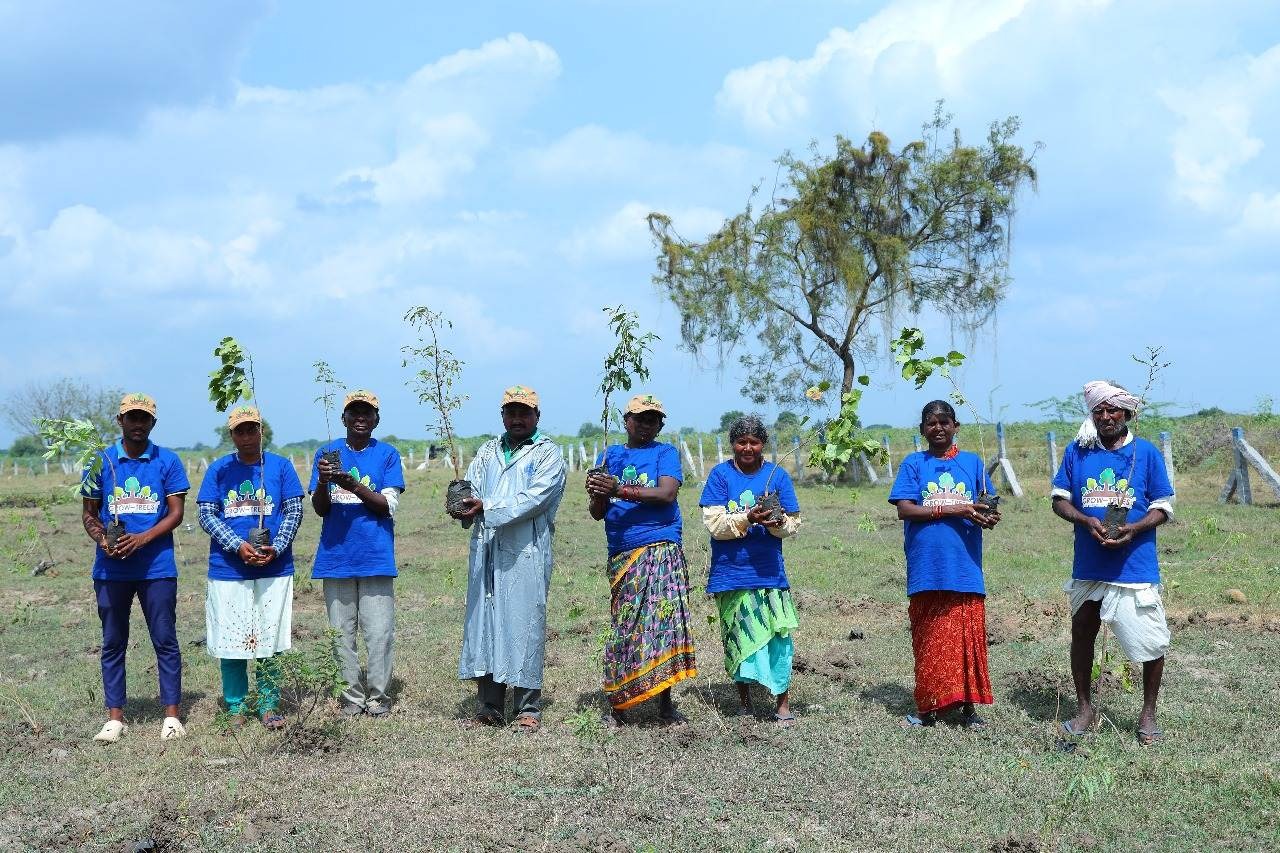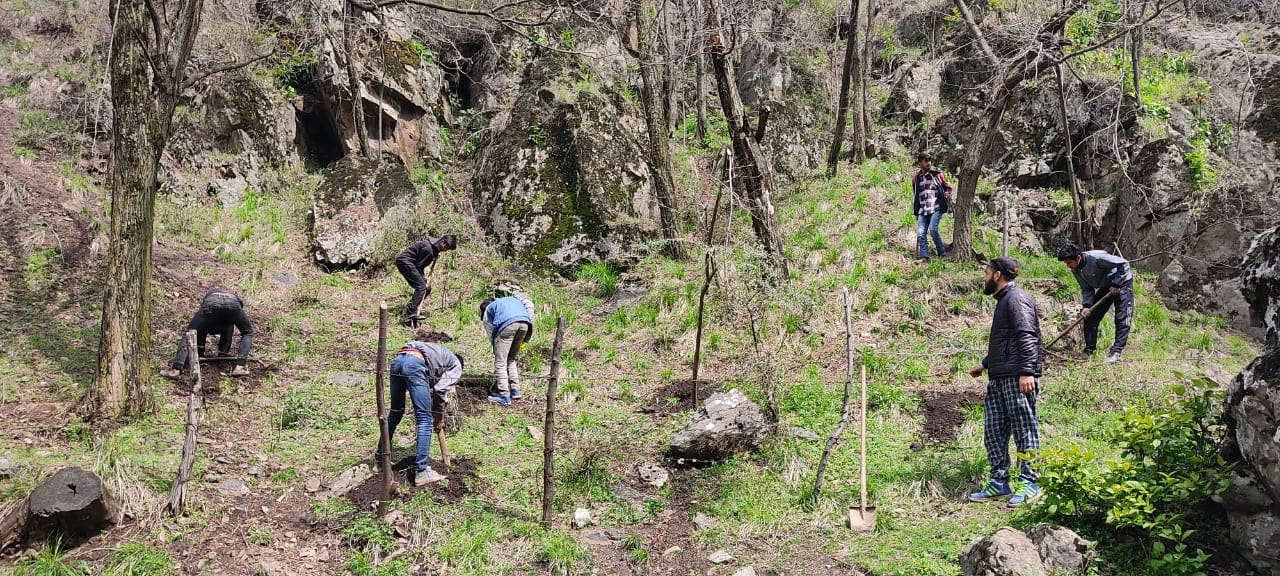
In recent years, blockchain technology has garnered significant attention for its potential in revolutionising various industries. From streamlining cross-border payments in finance to securing sensitive medical records in healthcare, its capabilities are vast. However, its meteoric rise poses concerns about its negative environmental impact.

These concerns could be attributed to its decentralised nature. At its core, blockchain is a distributed ledger technology. It functions as a secure, tamper-proof database shared across a network of computers. Transactions are recorded chronologically in “blocks,” and each block is linked to the previous one, creating an immutable chain. This decentralised nature eliminates the need for a central authority, fostering increased transparency, security, and efficiency in various applications. However, it also necessitates significant computing power to verify transactions and secure the system. This computing power, often fueled by energy-intensive processes, leads to two primary concerns: high energy consumption and carbon emissions.
1. Energy Consumption: The consensus mechanisms used in blockchain networks, such as proof-of-work (PoW) and proof-of-stake (PoS), are the primary culprits. PoW, employed by Bitcoin, the most well-known blockchain, involves solving complex mathematical puzzles to validate transactions. This process requires vast amounts of computational power, translating to enormous energy consumption. Bitcoin is estimated to consume 67-121 terawatt-hours (TWh) of electricity annually, comparable to the energy consumption of entire countries like Argentina or Ukraine.
2. Carbon Emissions: The reliance on fossil fuels for electricity generation further exacerbates the issue. The energy consumed by blockchain mining translates to significant carbon emissions. A study published in the journal Joule estimated that Bitcoin mining alone produces between 22 and 22.9 million metric tons of carbon dioxide (CO2) emissions annually. To put it into perspective, this is equivalent to the energy use of 2.6 to 2.7 billion homes for one year. These emissions pose a significant threat to global efforts to combat climate change.
3. E-Waste Generation: The environmental impact of blockchain extends beyond energy consumption and carbon emissions. Mining operations rely on specialised hardware with a limited lifespan. As mining difficulty increases, or more energy-efficient hardware becomes available, this equipment becomes obsolete. The discarded hardware contributes to the ever-growing problem of electronic waste (e-waste), creating a disposal challenge and further environmental complications.
In its current state, blockchain technology isn’t inherently sustainable. Professor Eugene H. Spafford, a pioneer in internet technology, aptly captures the current sentiment: “Blockchain is overhyped right now. There is only a very small set of uses where it provides any advantages over centralised systems. Its speed and environmental impact do not make it attractive.” The hype surrounding blockchain has overshadowed a critical evaluation of its realistic capabilities and environmental costs.

However, the potential for blockchain to contribute to a net sustainability gain exists, contingent on several crucial factors:
(i) Application Specificity: Not every application necessitates blockchain. A critical evaluation is essential to determine if blockchain offers a more environmentally friendly solution compared to traditional methods. Forcing a blockchain solution onto processes that function well with existing systems can be counterproductive from a sustainability standpoint.
(ii) Consensus Mechanism Choice: Different consensus mechanisms have varying energy demands. Newer options like proof-of-stake (PoS) are considerably less energy-intensive compared to PoW. Shifting towards these mechanisms can significantly reduce the environmental footprint of blockchain networks.
(iii) Renewable Energy Integration: Powering blockchain operations with renewable energy sources like solar or wind power is critical. Replacing fossil fuels with clean energy sources can drastically reduce the carbon emissions associated with blockchain technology.
(iv) Innovation for Sustainability: Continuous development of sustainable blockchain protocols and regulations is paramount. Research into more energy-efficient consensus mechanisms and exploring alternative hardware solutions are crucial steps in making blockchain a greener technology.
(v) Offsetting your carbon footprint: Trees act as natural carbon sinks, absorbing carbon dioxide from the atmosphere and storing it within their biomass. By investing in tree plantation programs specifically targeted at offsetting blockchain’s carbon footprint, we can create a carbon-neutralising effect.

The initial phase entails quantifying the carbon emissions produced by a particular blockchain application. A thorough analysis of the network’s energy consumption needs to be conducted and the resulting carbon emissions, considering the source of electricity utilised. Once the carbon footprint is determined, the subsequent step involves identifying and endorsing tree plantation initiatives capable of sequestering an equivalent amount of carbon dioxide. Esteemed organisations frequently provide specialised programs for carbon offsetting, enabling a direct and quantifiable contribution to environmental conservation efforts.
Investing in tree plantation programs offers a multifaceted benefit. It not only offsets blockchain’s carbon emissions but also contributes to biodiversity conservation, soil quality improvement, and habitat restoration. Additionally, these programs can empower local communities, generate employment opportunities, and promote sustainable forestry practices.
The technology has the potential to be a force for good, but achieving that potential requires ongoing efforts towards addressing the environmental challenges and promoting responsible development.
Through collective action and innovation, we can harness the potential of blockchain technology while safeguarding the health of our planet for generations to come.

…………………………………………………………………………………………………………………………………………………………..
About Mr Pradip Shah: Mr Pradip Shah, Co-Founder at Grow-Trees.com. He will be the author of this piece. He is the founder of CRISIL, India’s first credit rating agency, and IndAsia, a corporate finance and investment advisor company. He is a gold-medallist Chartered Accountant, Management Accountant and MBA from Harvard, who helped establish Housing Development Finance Corporation (HDFC). Grow-Trees.com, a social enterprise is the brainchild of Mr. Shah. He introduced the concept of ‘Greet with Trees®️’, where one can plant trees in projects like Trees for Tribals, Trees for Tigers, Trees for Rivers, etc., and store them in their TreeBank®️ and/or dedicate via eTreeCertificates®️ to greet one-to-one, one-to-many, many-to-one.
About Grow-Trees.com: Grow-Trees.com is a pioneering, web-enabled and cost-effective social enterprise that aims to popularize the practice of ‘Greet with Trees®’ around the world. With the mission of mitigating climate change and promoting trees as a sustainable and meaningful gift, we have developed thematic planting programs such as Trees for Tigers®, Trees for Tribals®, Trees for Rivers, etc. Grow-Trees also has tree plantation projects for carbon credits to help corporations offset their carbon footprint. Every project generates employment for local communities and aims to address the socio-environmental challenges in a region through tree planting. Individuals and companies can dedicate the trees they plant via an eTreeCertificate® delivered online on important occasions such as birthdays, anniversaries, festivals, etc.; the trees can also be used to welcome new employees, honor customers, event speakers and acknowledge dignitaries.
Grow-Trees has planted over 19 million trees across 23 Indian states and generated over 1.6 million workdays since its inception in 2010. For more information, visit www.grow-trees.com
Sustaining India’s Green Vision: A Comprehensive Scrutiny of the Green Credit Scheme
Leave a Reply